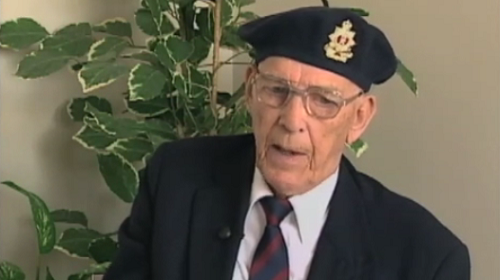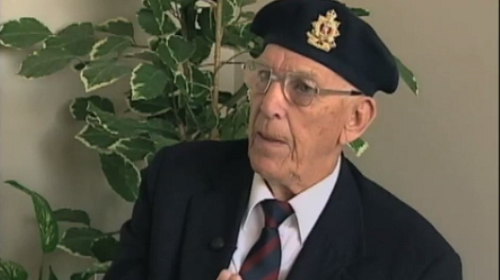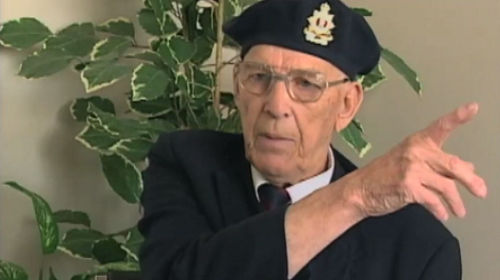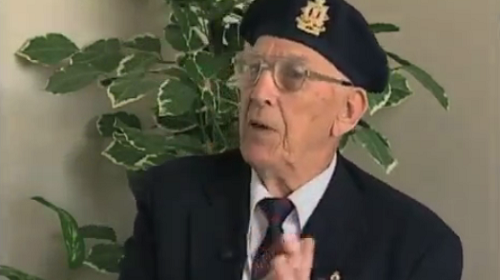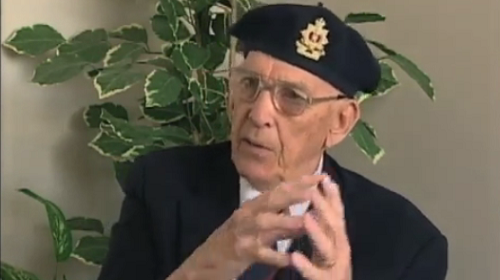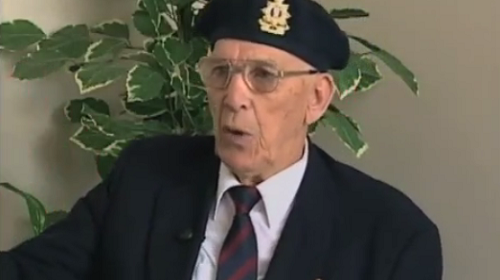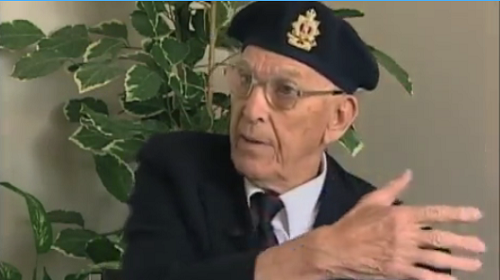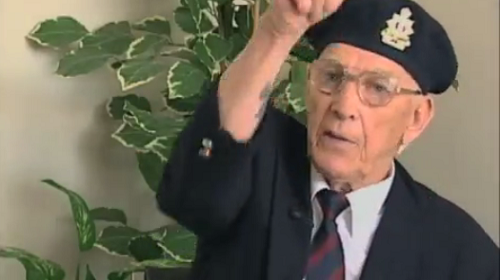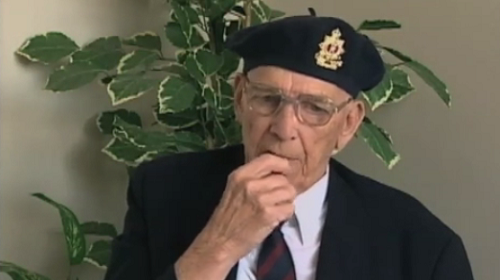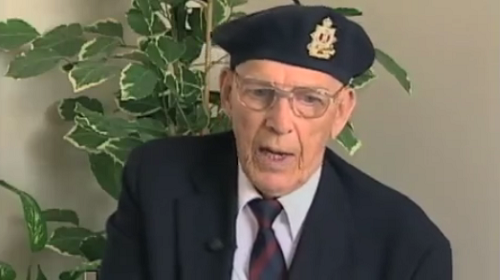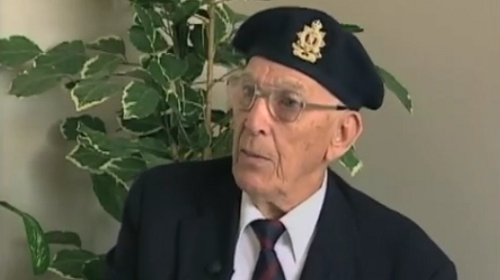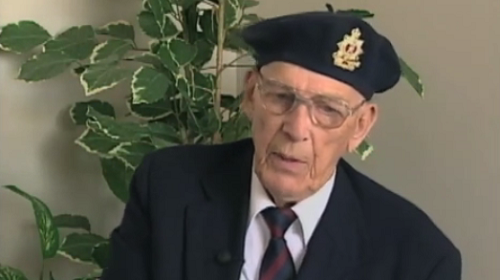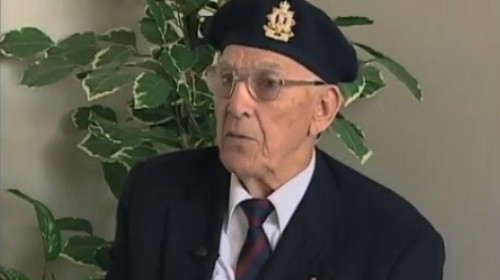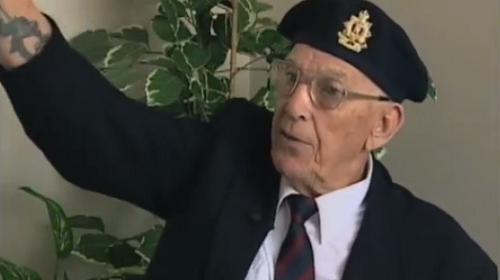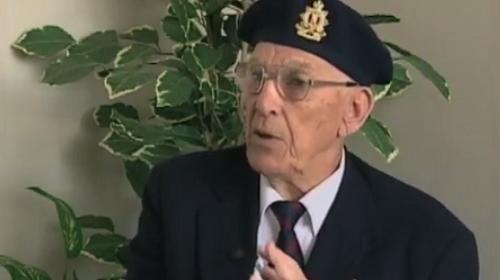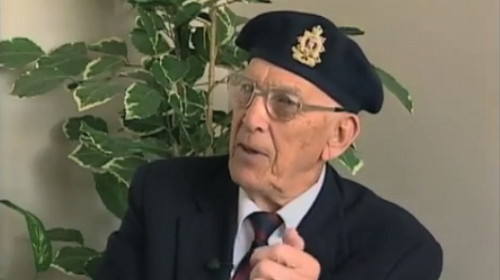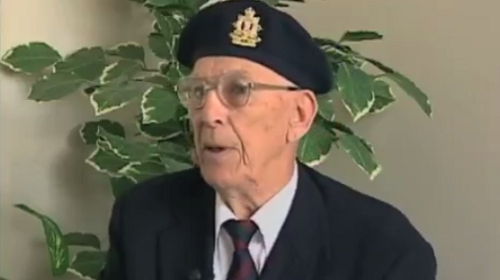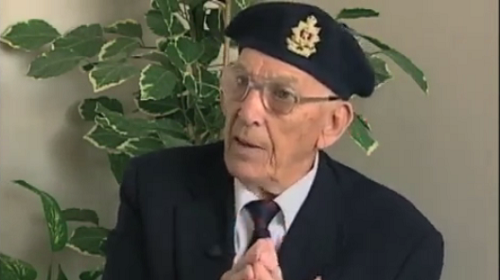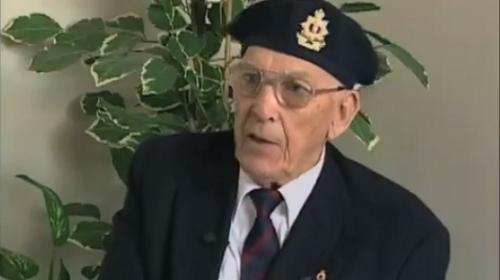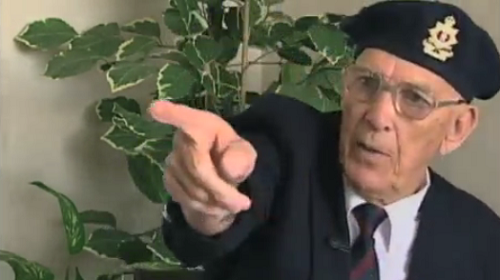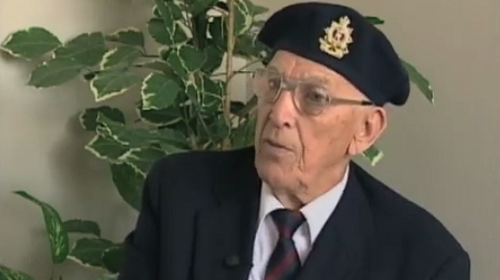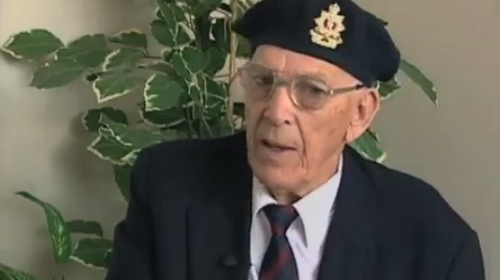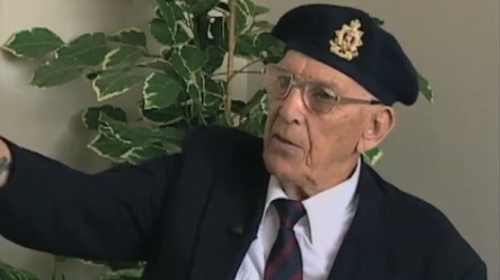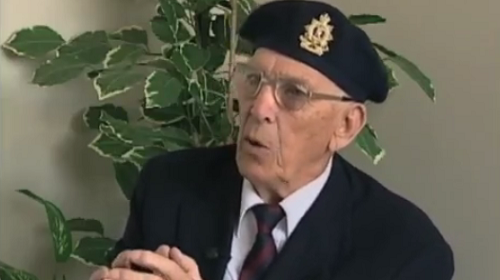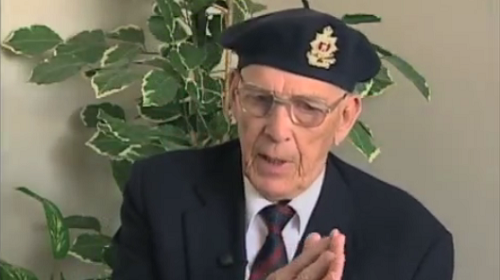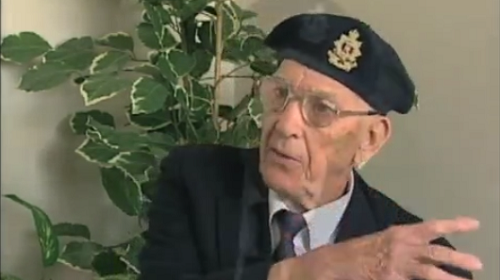Battle Drills and Maneuvers
The Dieppe Raid
Battle Drills and Maneuvers
Transcript
We didn't do much squad drill because it was all maneuvers like
it was battle drill and different types of training because
they were getting away from the trench warfare.
We were doing this battle drill, which was flanking, out flanking movements.
And, of course, we had slit trenches, we dug slit trenches all up the coast,
and the Americans had fox holes, but we had slit trenches.
So all on the downs, you know, the slit trenches. We had gun
positions all up on the downs because the two divisions later on
when we filled up the finished up the 2nd Division then we were
moved down to the coast you see. Our first, Lewis was our first
then Brighton, Brighton, it was the first. So, then when we
were on, when we were on coastal defense it was digging more or less
slit trenches and putting barbed wire. I was the barbed wire king,
they used to call me the barbed wire king because we
were stringing barbed wire oh, miles of it, you know, miles of it.
And we had these special gloves. So while, all the time we
were on coastal defense, you done very little training, except
when it was a maneuver. Now if it was a maneuver, the biggest
maneuver that we were on was between central and southern
command. That was command, we were in southern comman, what they
call southern command. Montgomery was in charge of southern
command then. And it was literally tens of thousands of men, oh
my God, units. I remember in an intersection there was for 24
hours there was just armored units going through, artillery
units going through, infantry going through and, you know, hours
after hour after hour going through these roads, through these
intersections. And then when you started to realize what a huge
organization just the Canadian Army was, you know, just the
Canadian Army alone, without the British. We had five divisions,
we finished up with five divisions. I guess there was only
three divisions over there then. I don't think the fourth was
over there at the time of Dieppe but the first, second and third were.
And it's just unbelievable, you're talking about 75 or
80,000 men in those three divisions you know. So, it's mind
boggling to try and think how they fed us, we got a bath a week,
we all had medical attention, you know, if you were sick you
went on sick parade. There was all the hospitals cause I was in
several times. And you just, when you think back how the
Canadians alone, kept everything organized without the British
doing theirs with all their divisions, you know. I mean they
had what, fifty million people eh? And then when the Americans
came over, unbelievable, unbelievable how they fed all these men,
how they bathed all these men, and how they kept control of them.
Description
While on coastal defense, Mr. Poolton describes the responsibilities and duties of his regiment as well as the unbelievable amount of soldiers involved in action.
John (Jack) Poolton
John (Jack) Abernethy Poolton was born in Toronto, Ontario on January 9, 1918. He was one of seven children. His father farmed 100 acres near Kapuskasing, Ontario. Mr. Poolton enlisted in the Royal Regiment of Canada and provides vivid, clear details of the allied landing at Dieppe, France on August 19, 1942.
Meta Data
- Medium:
- Video
- Owner:
- Veterans Affairs Canada
- Duration:
- 3:12
- Person Interviewed:
- John (Jack) Poolton
- War, Conflict or Mission:
- Second World War
- Branch:
- Army
- Units/Ship:
- Royal Regiment of Canada
- Rank:
- Private
Related Videos
- Date modified:



